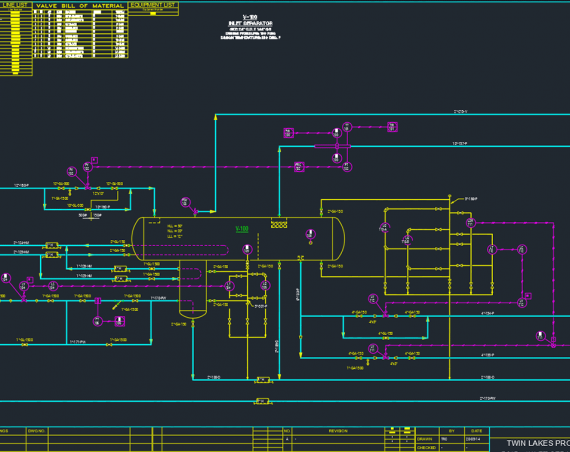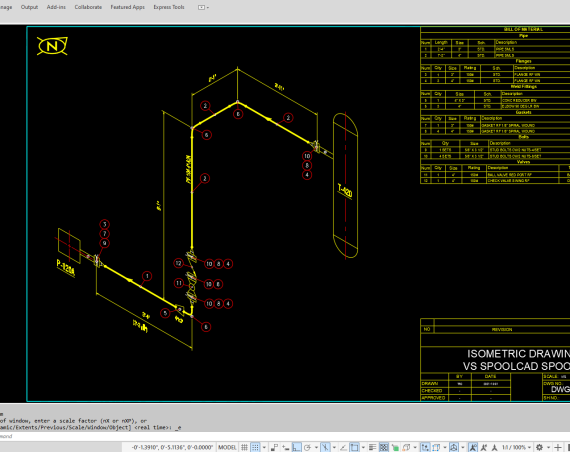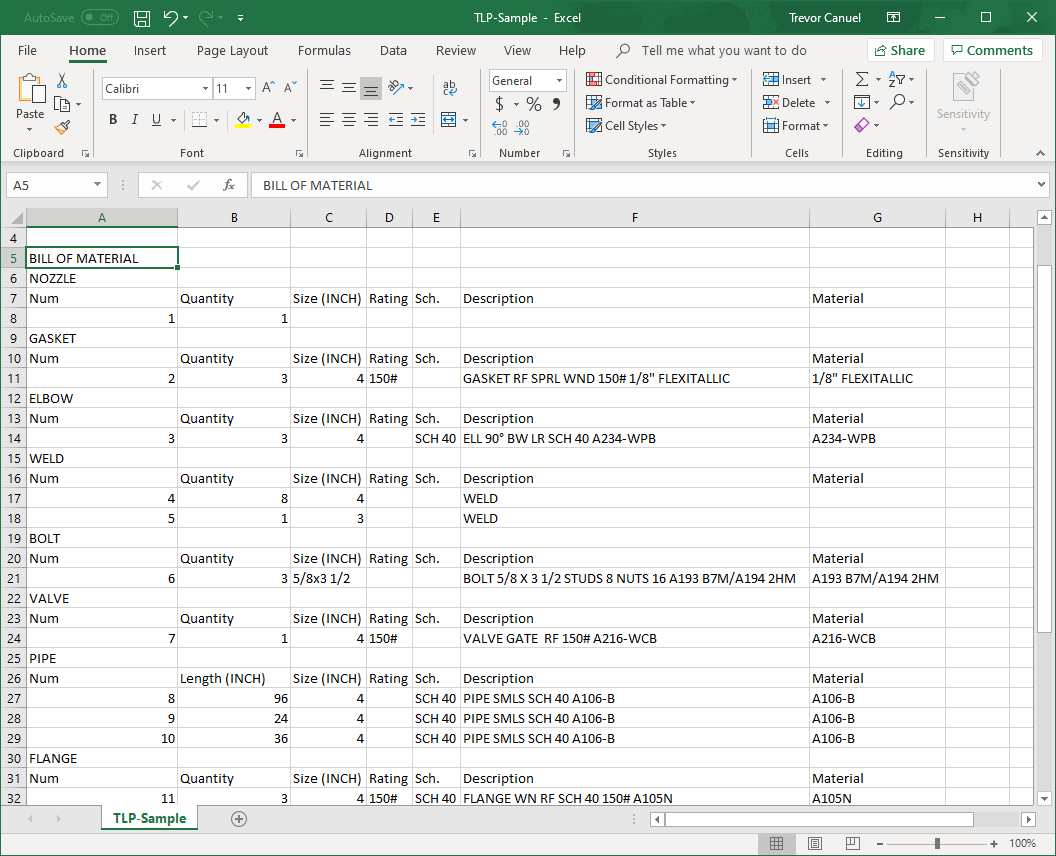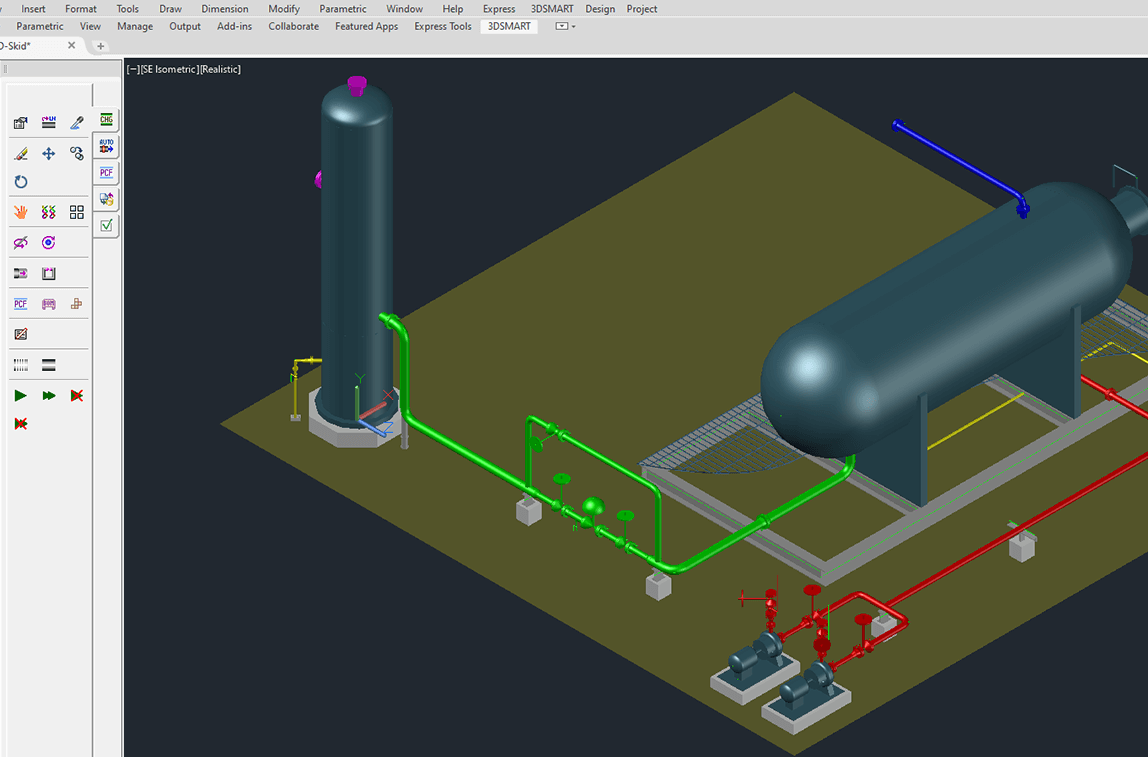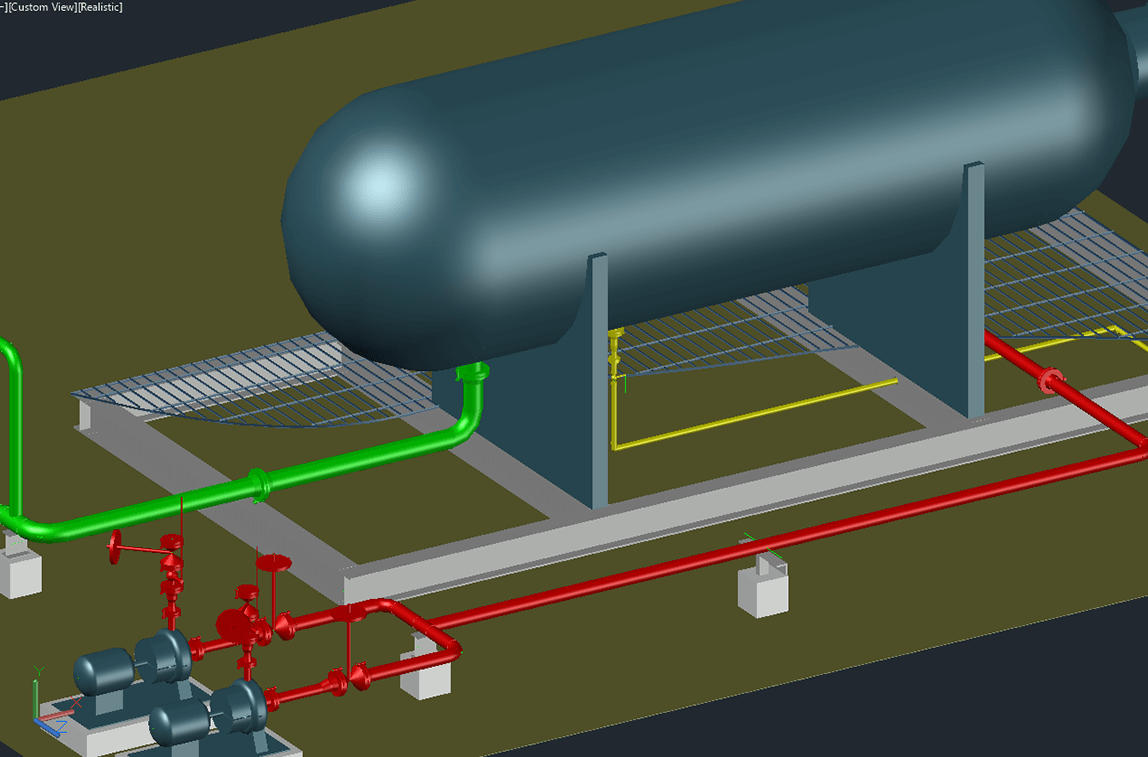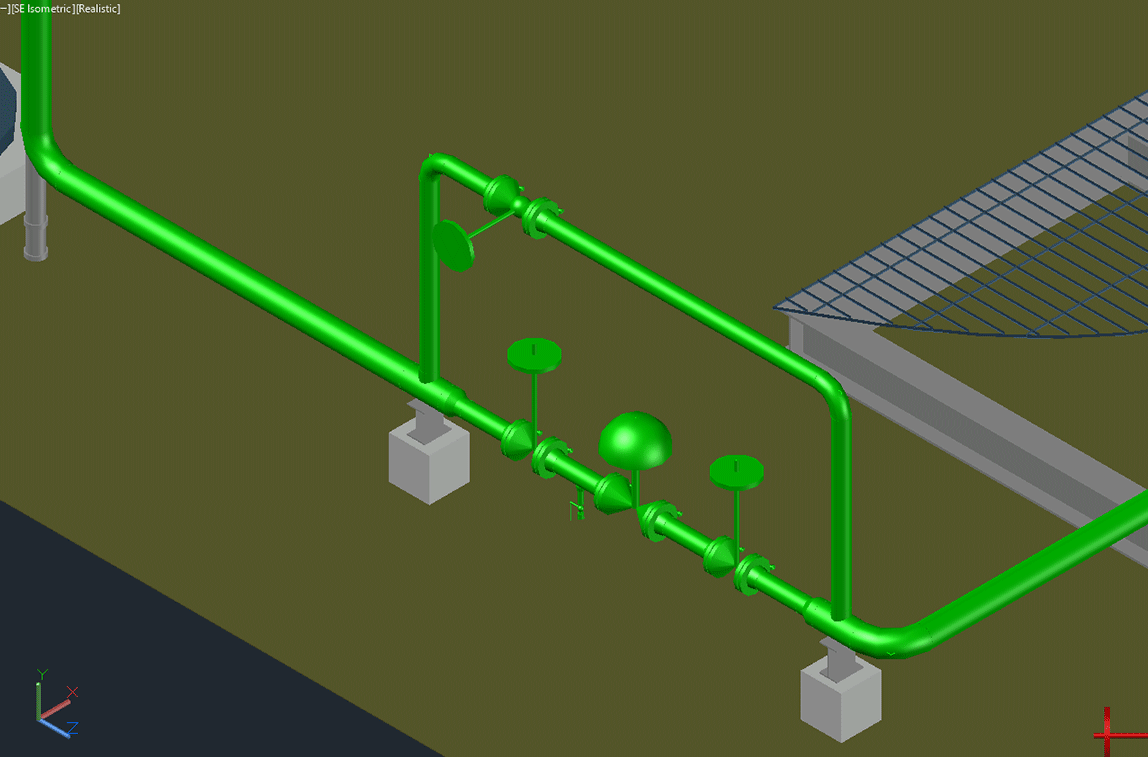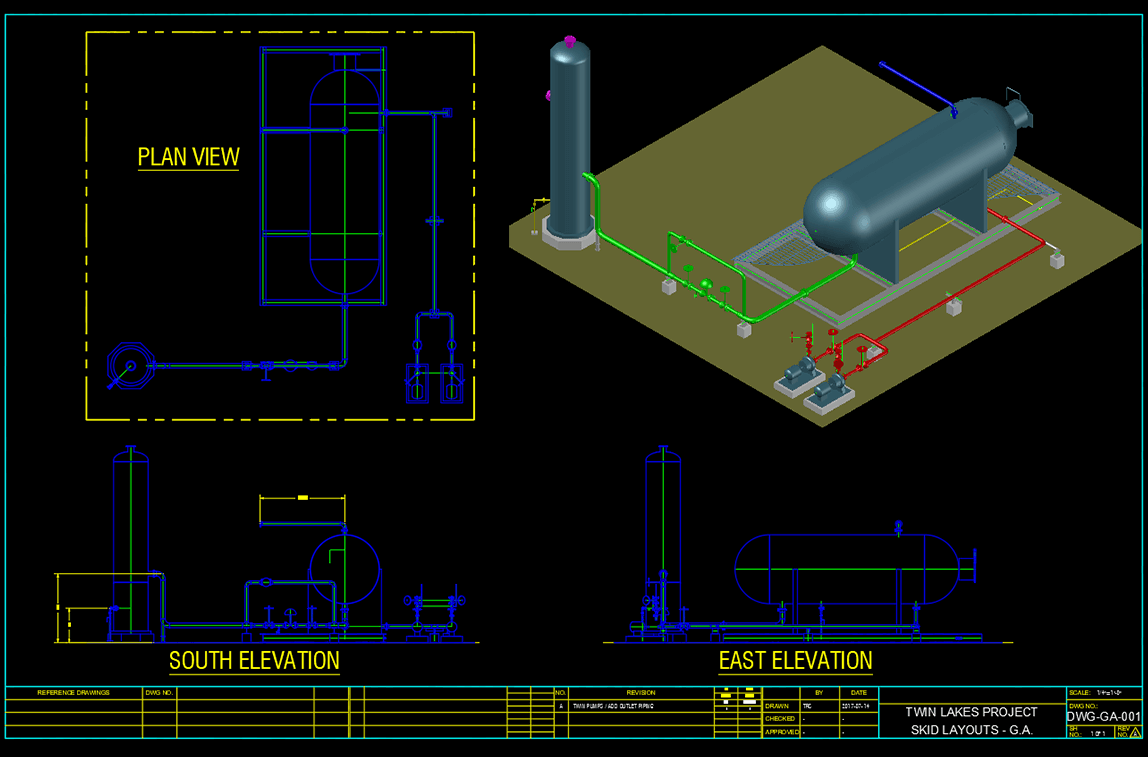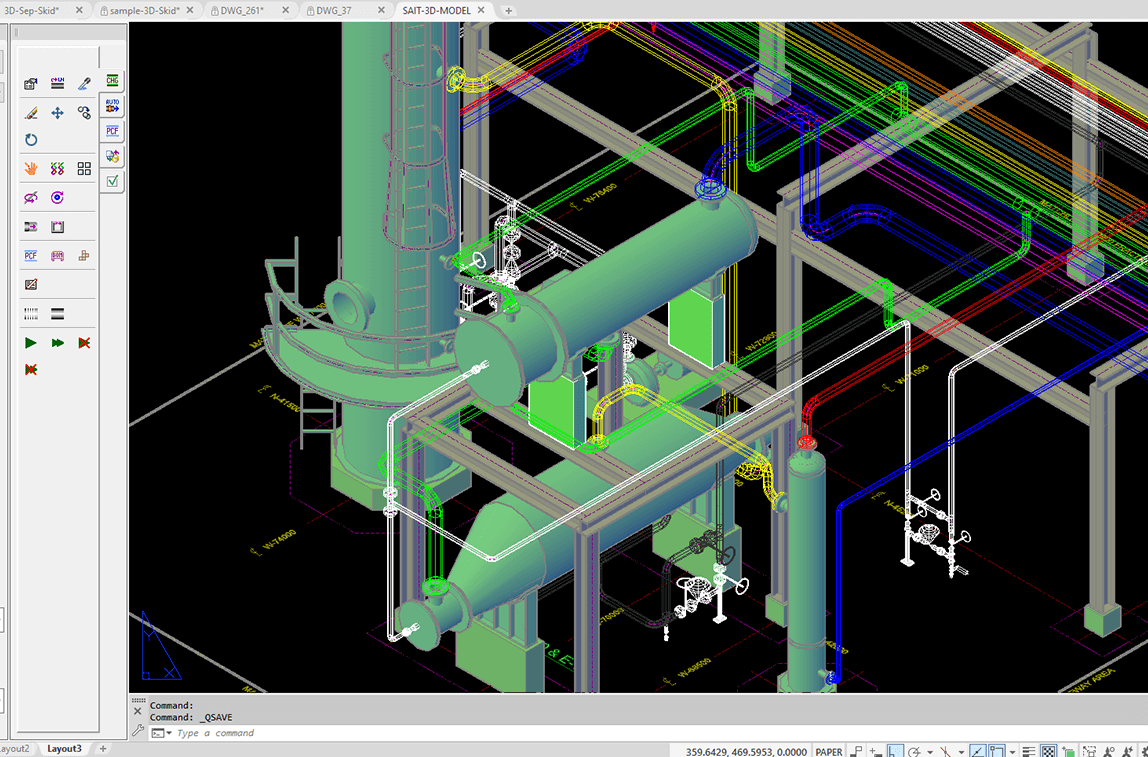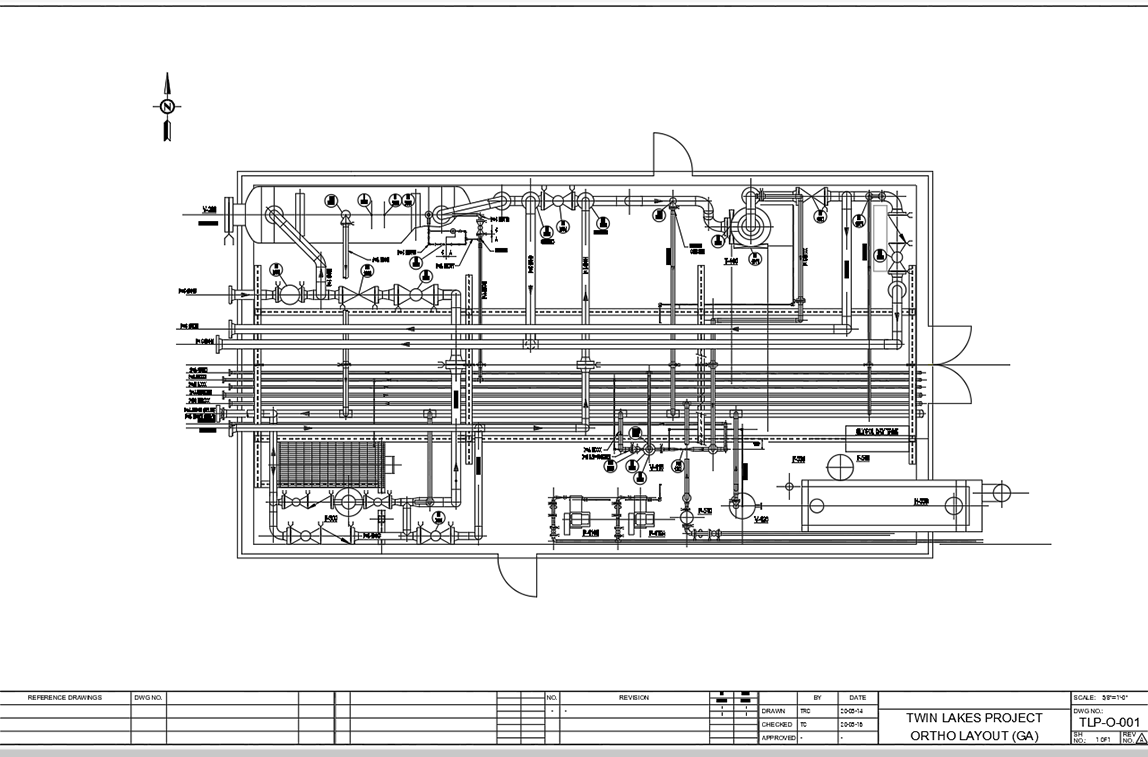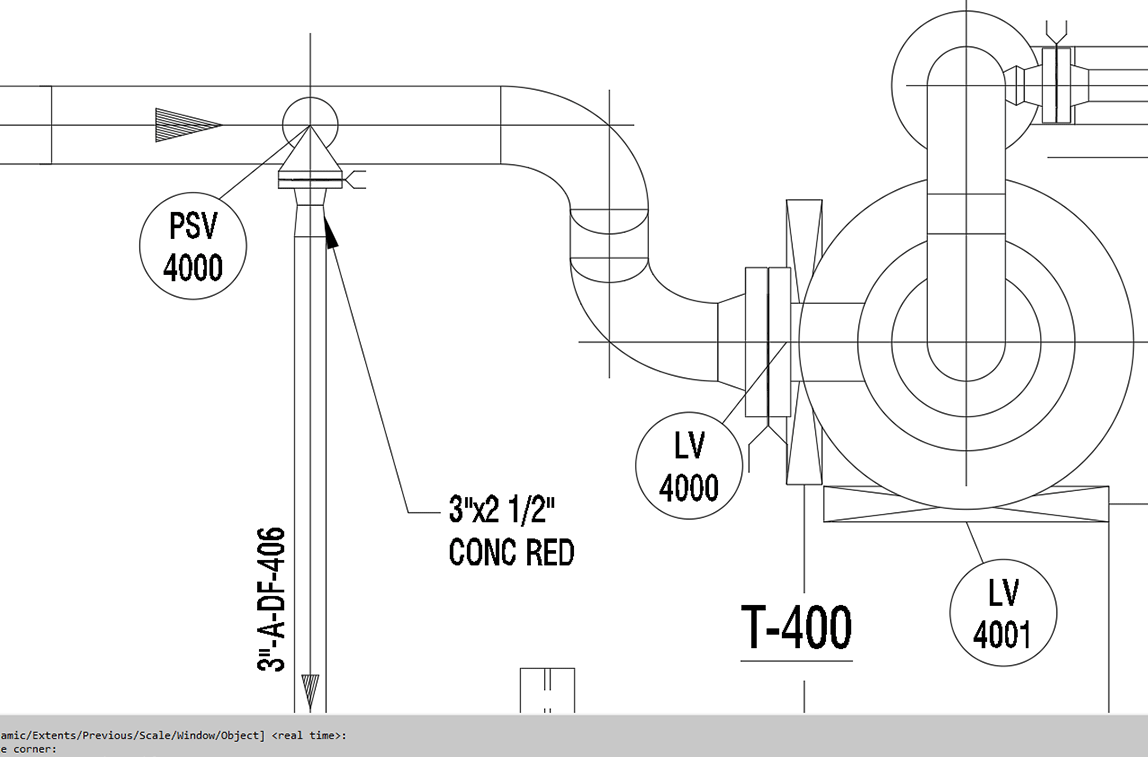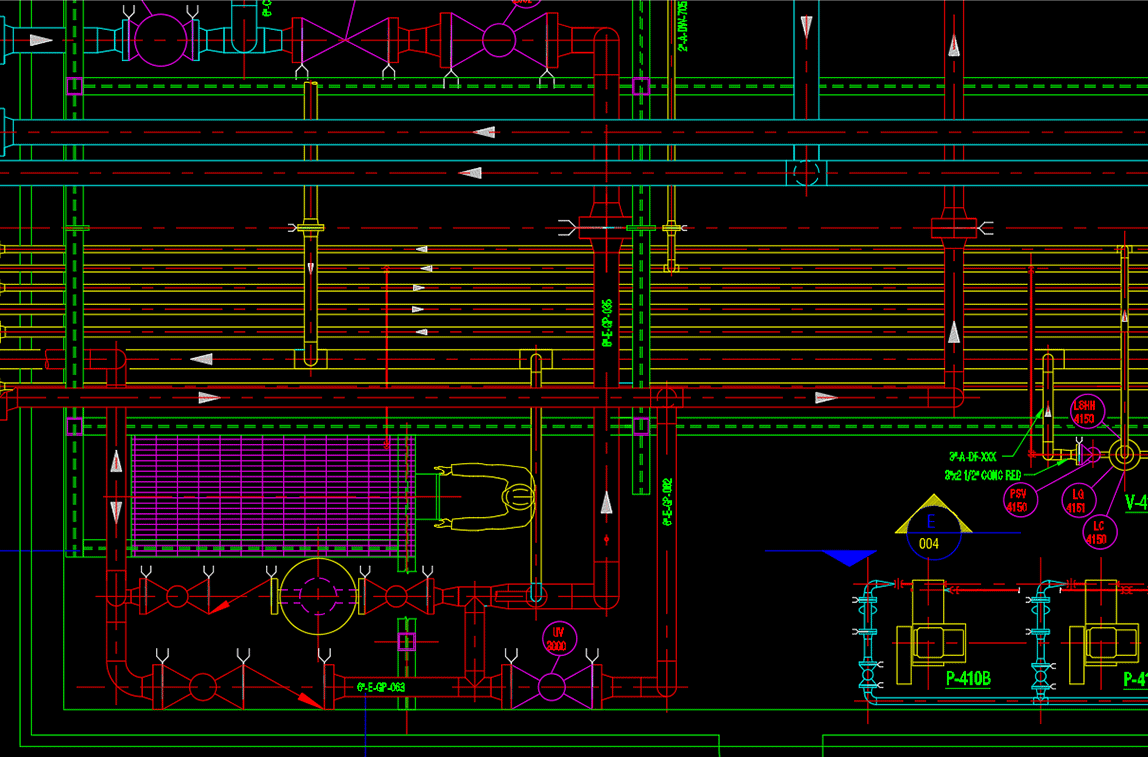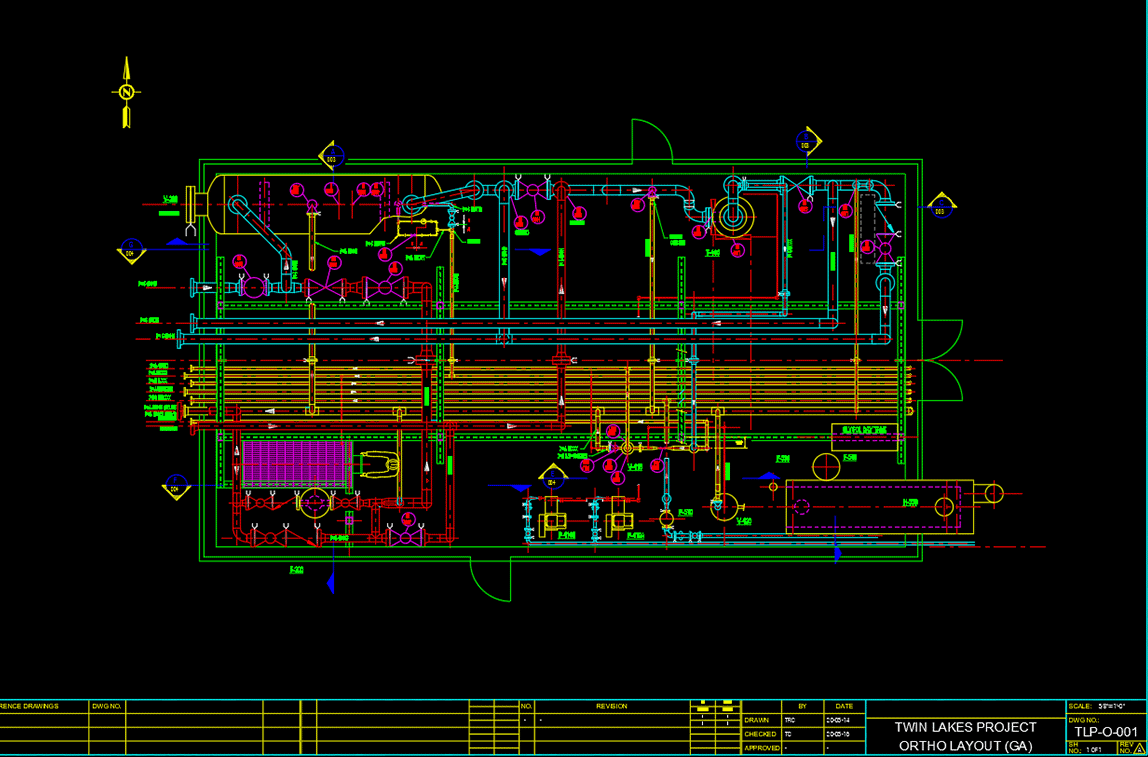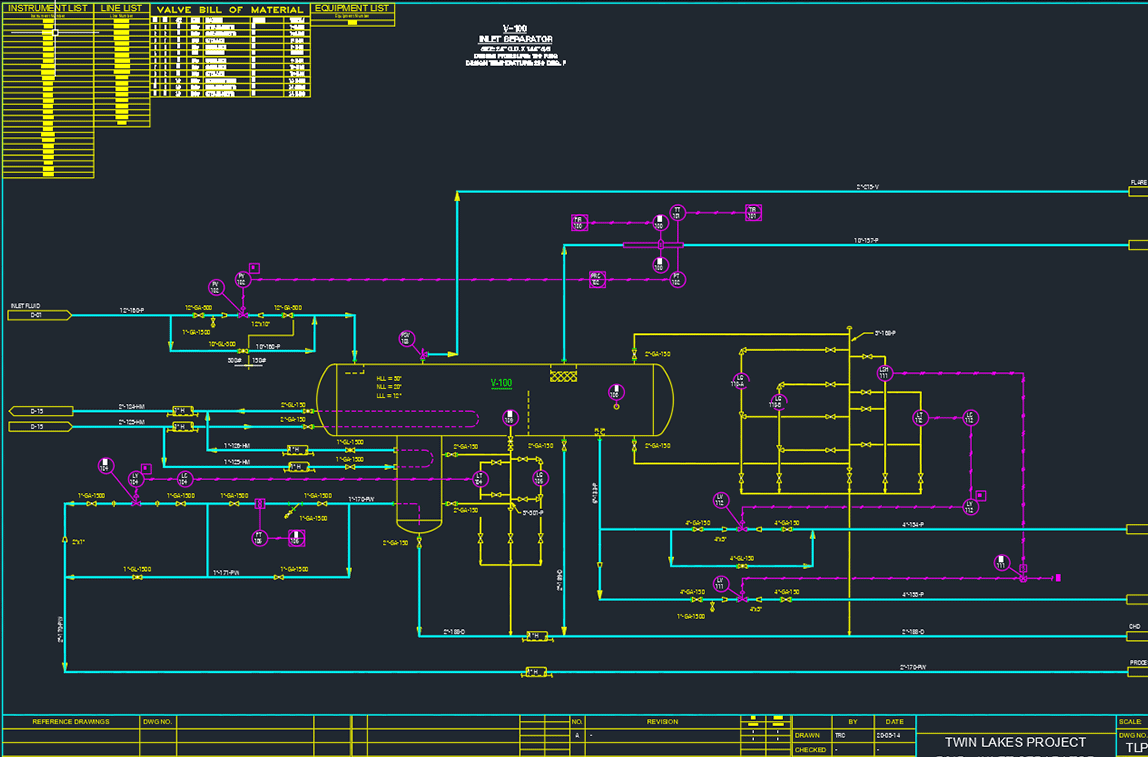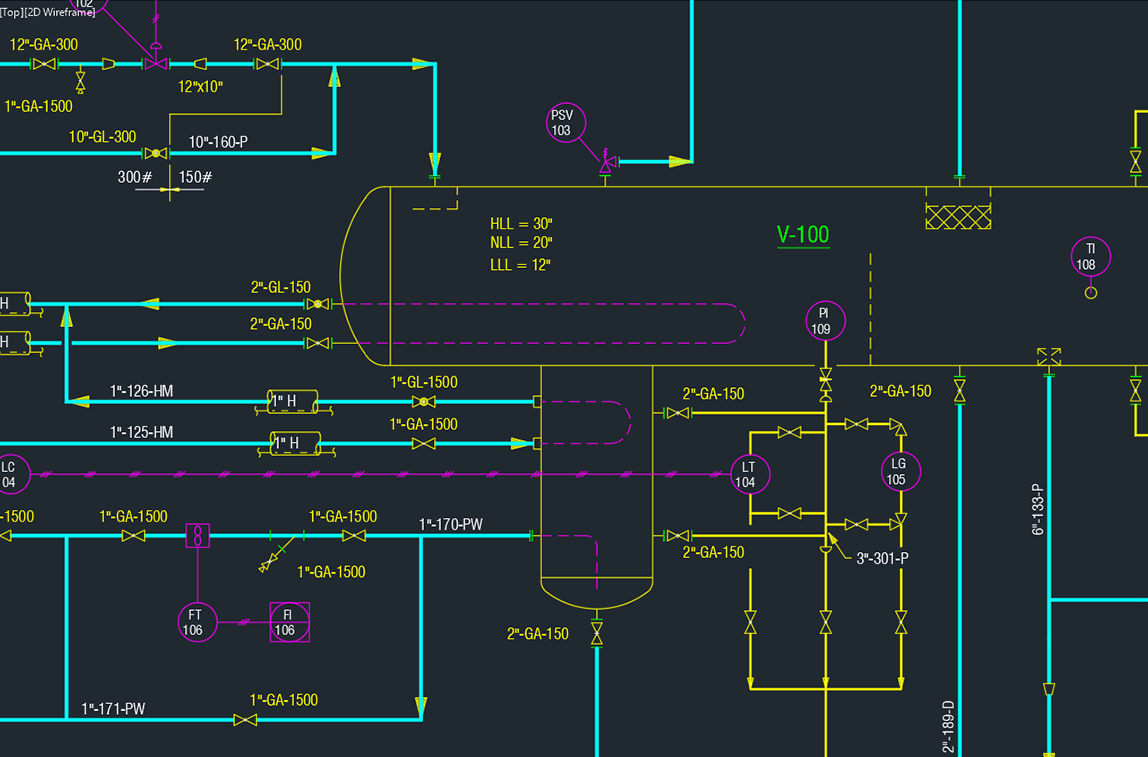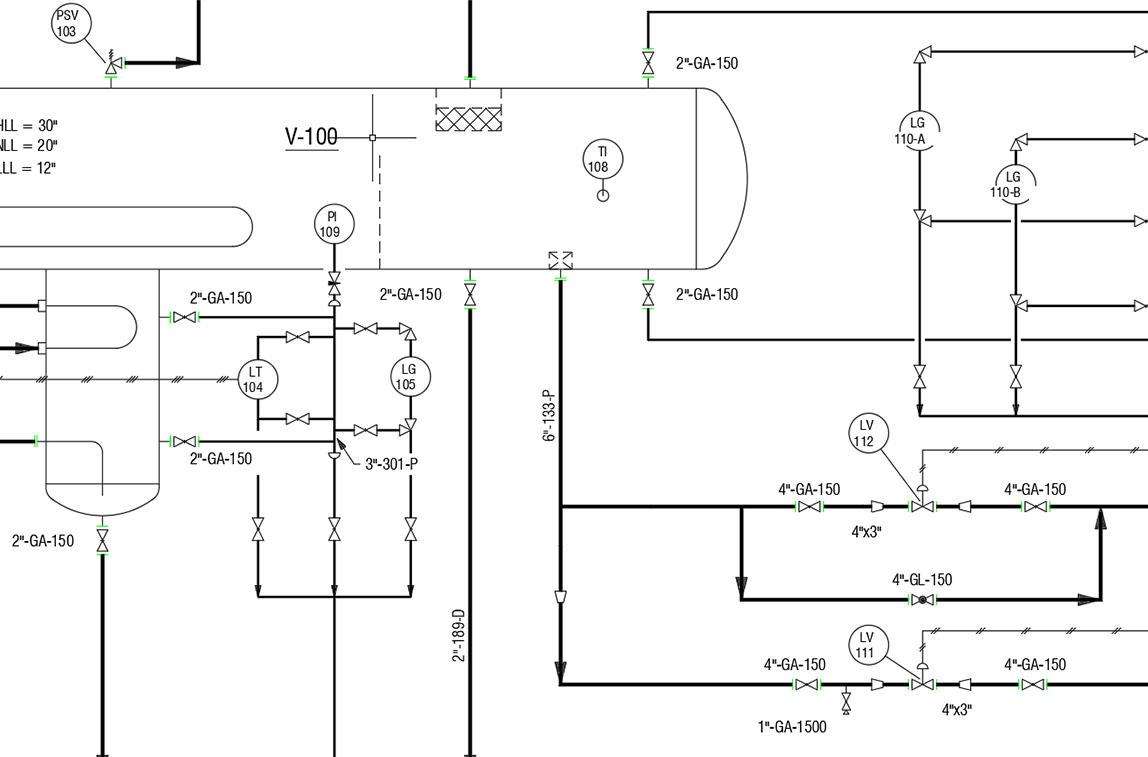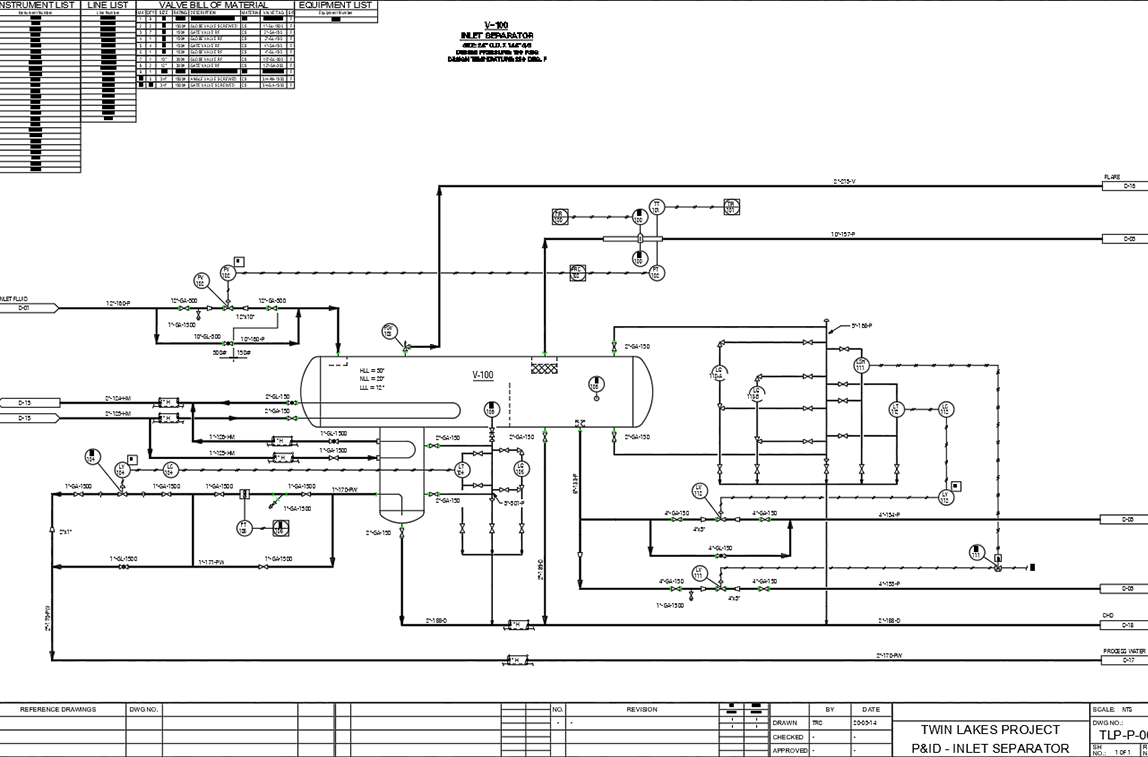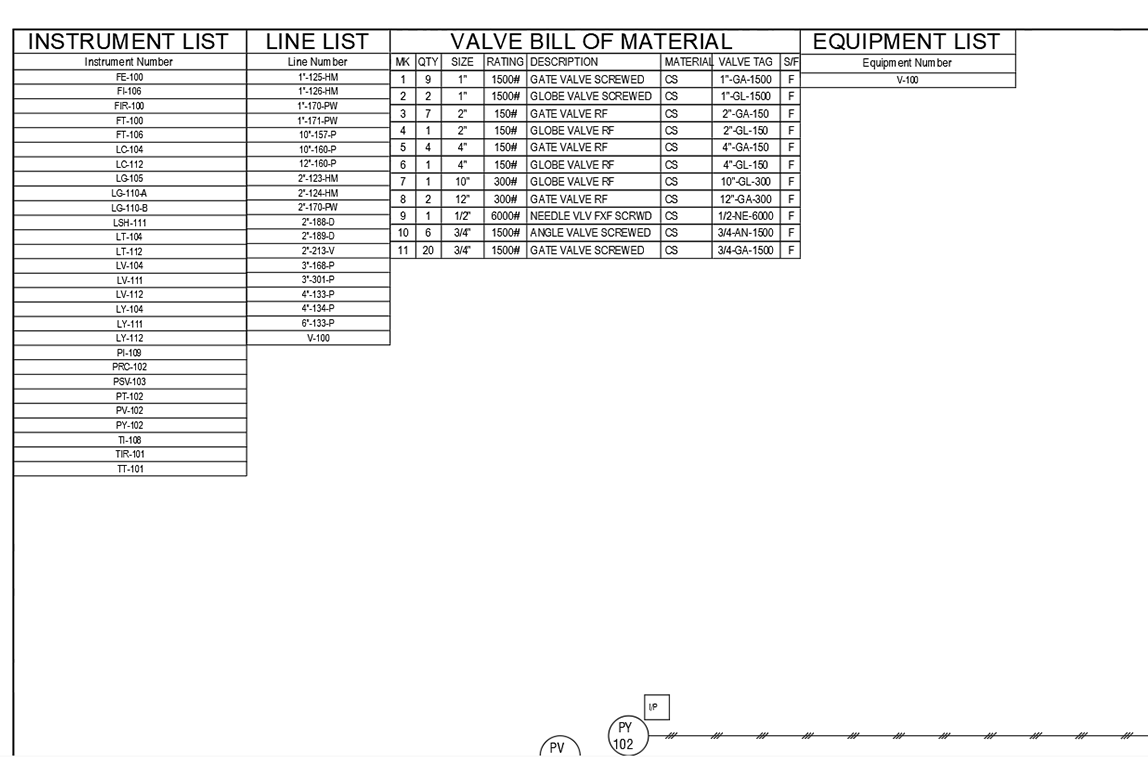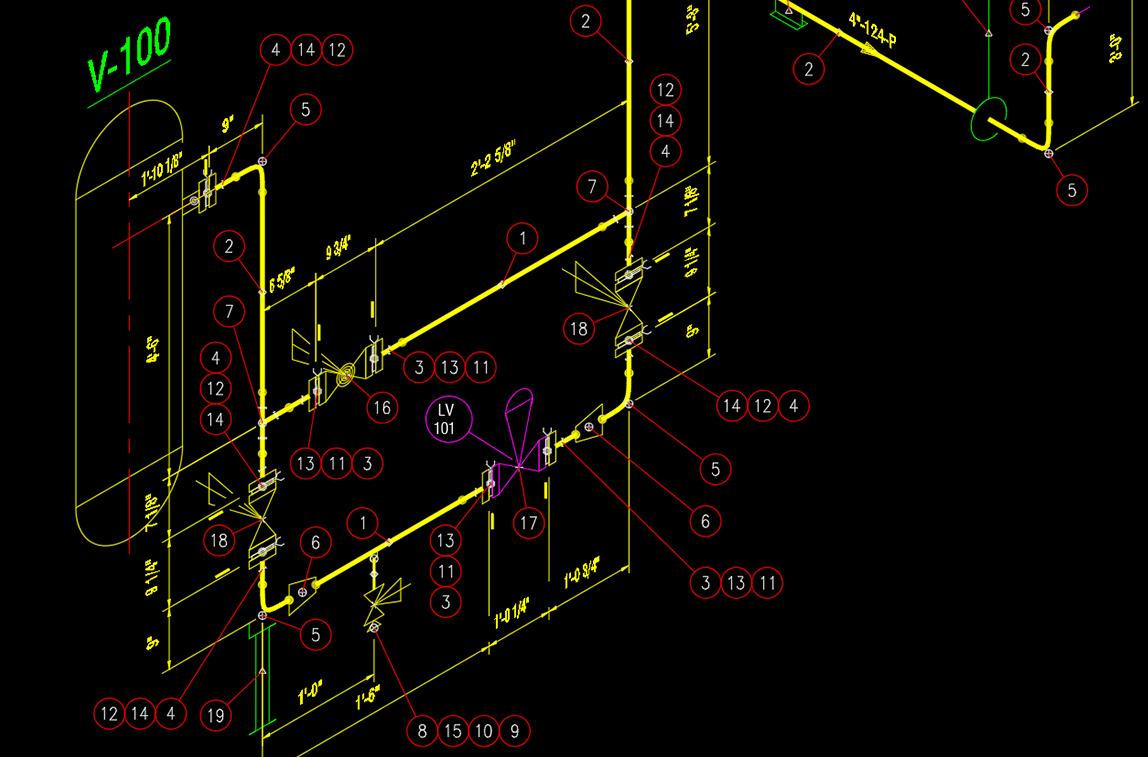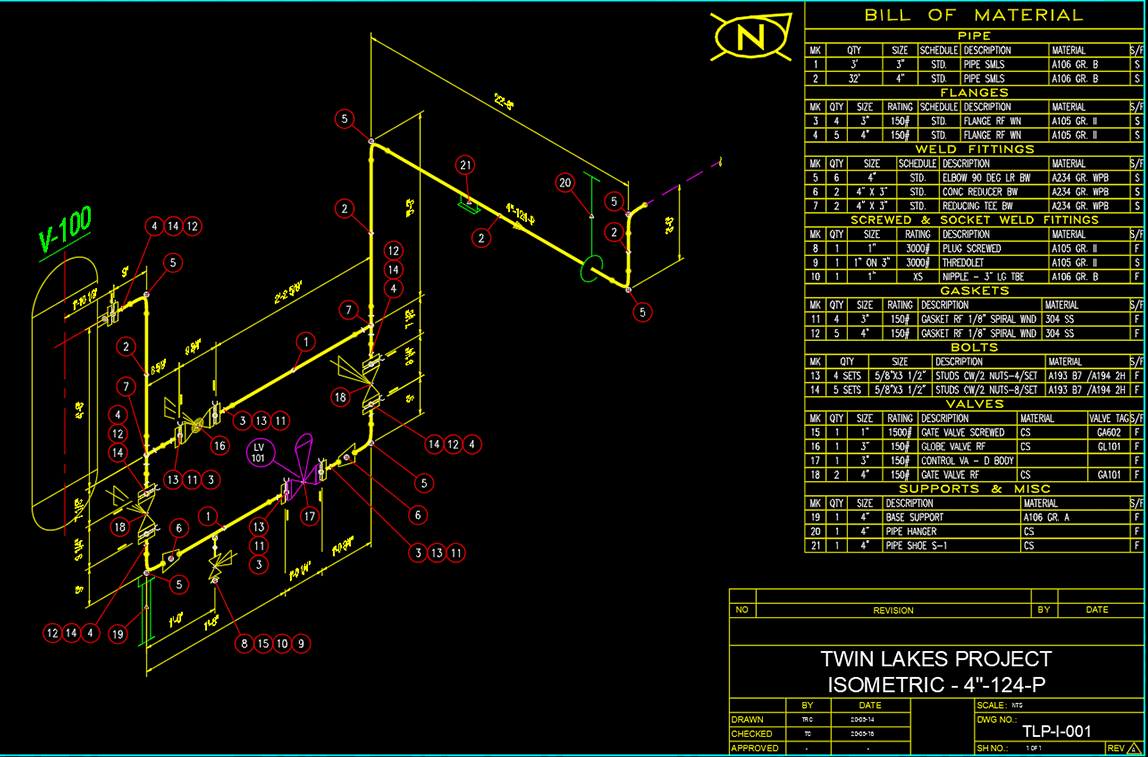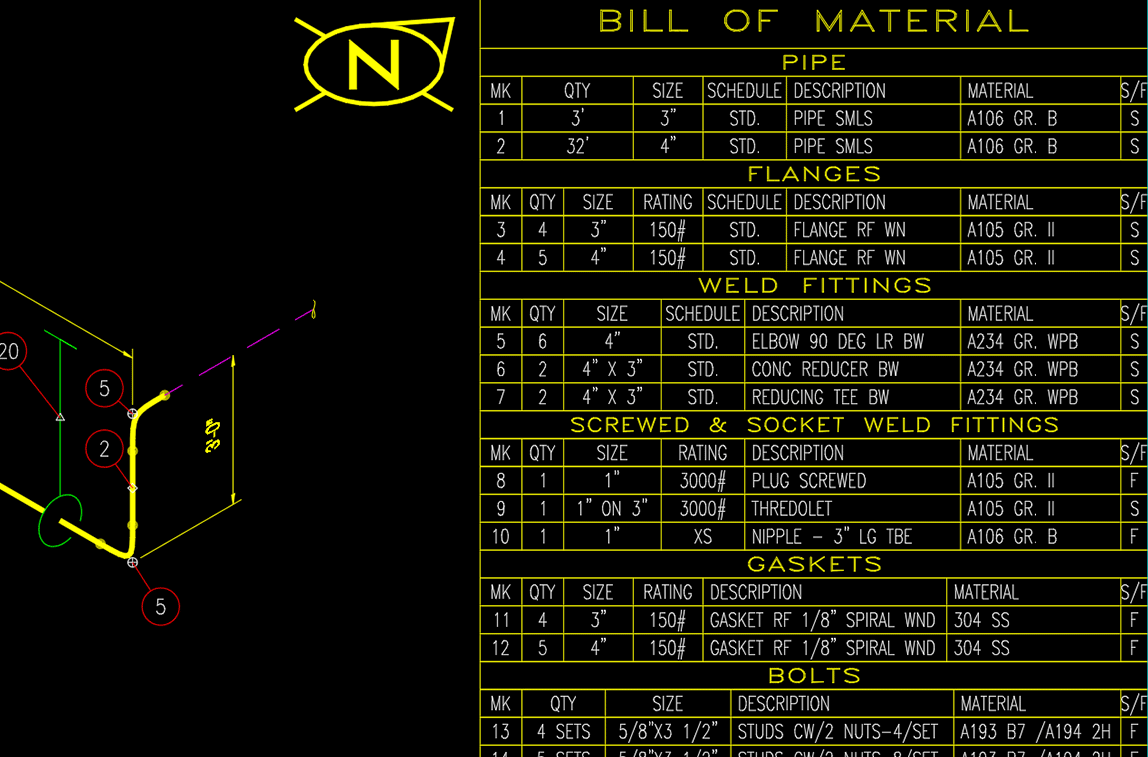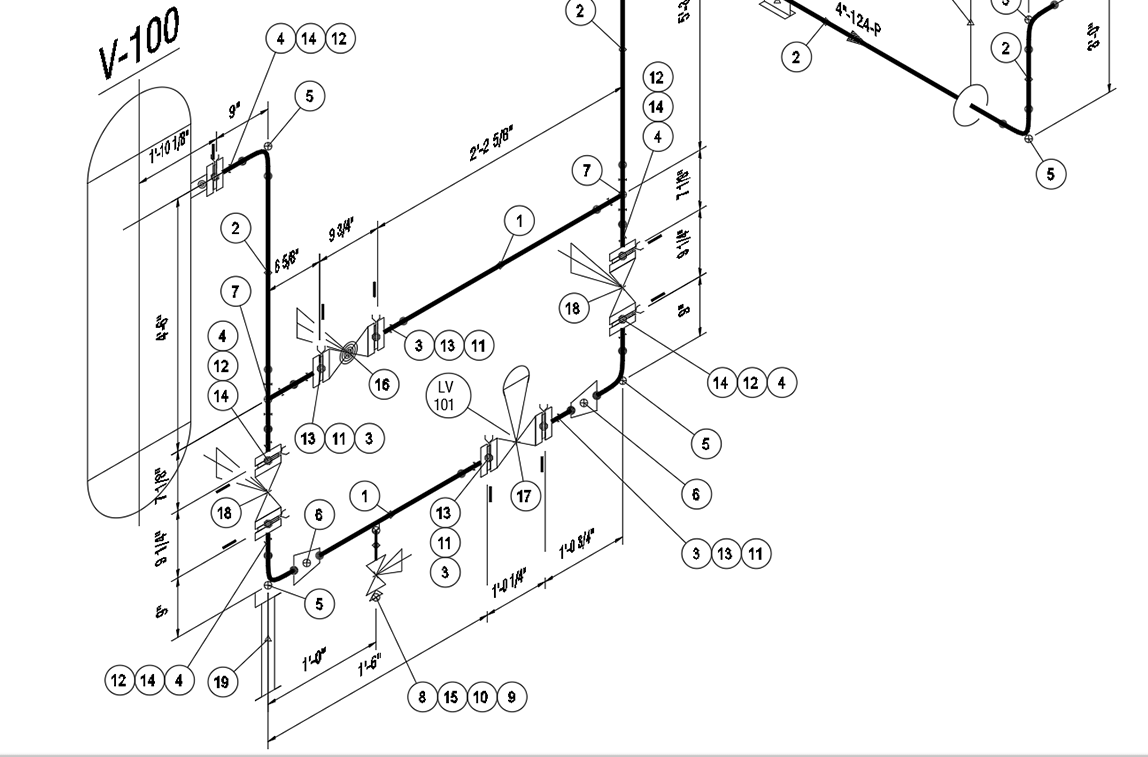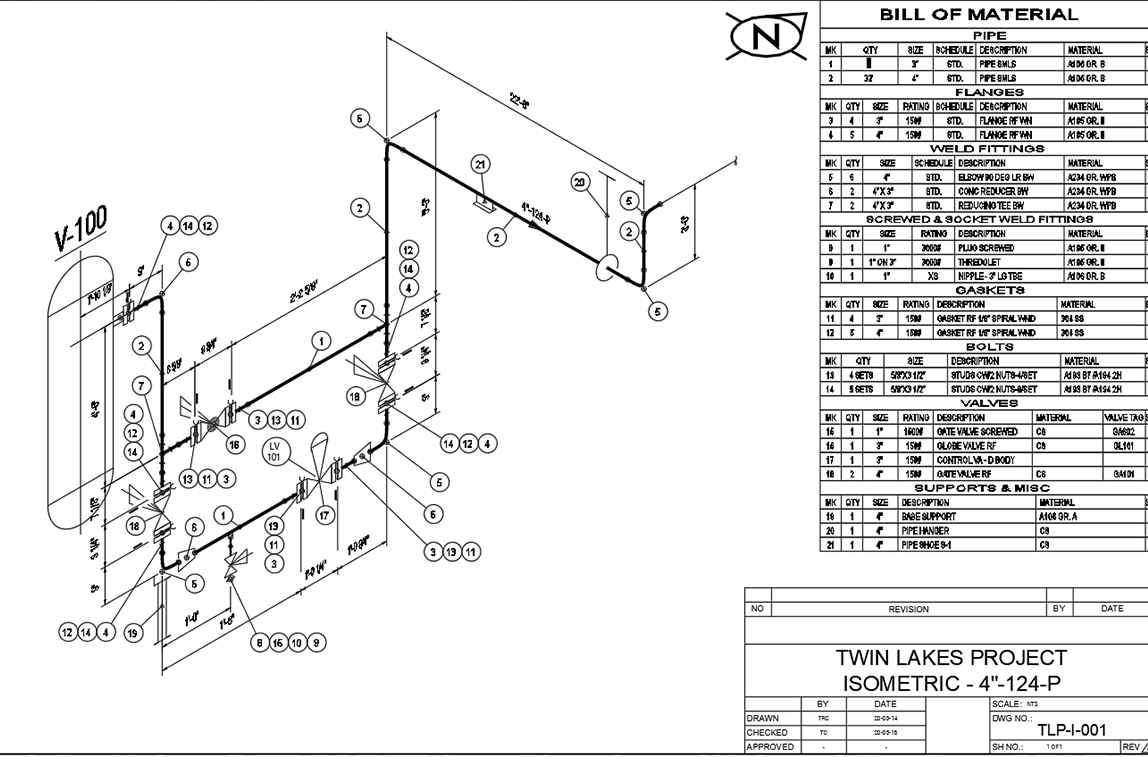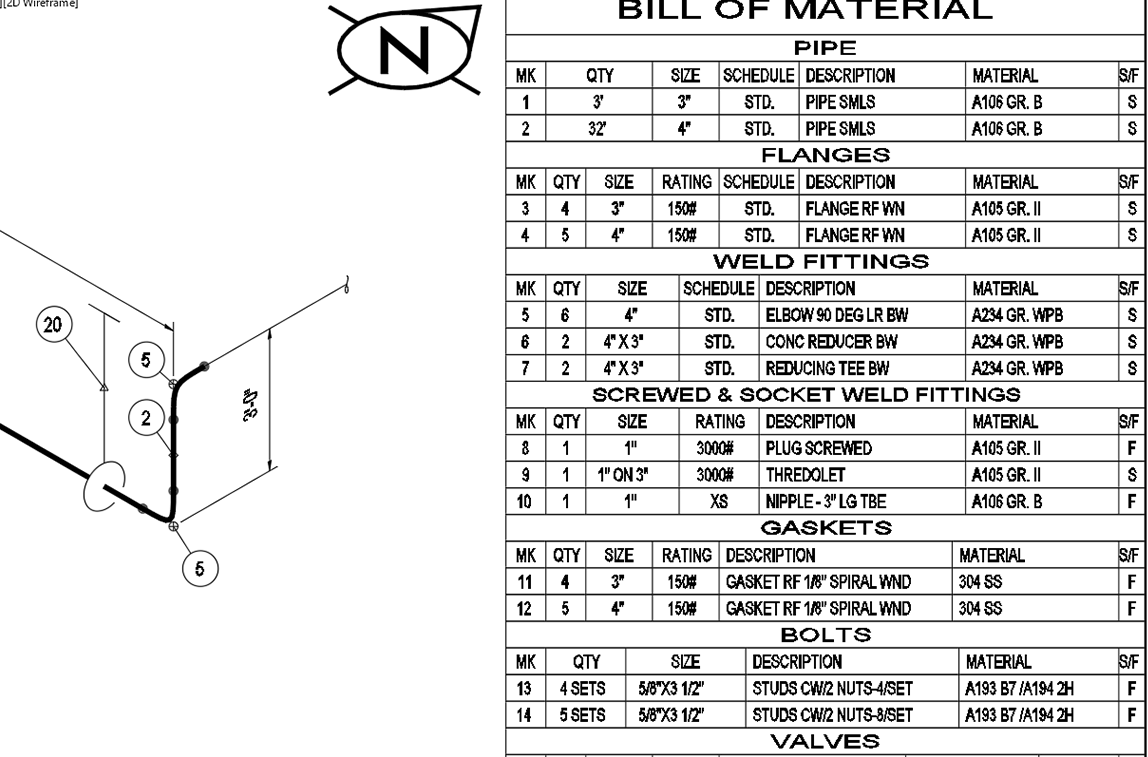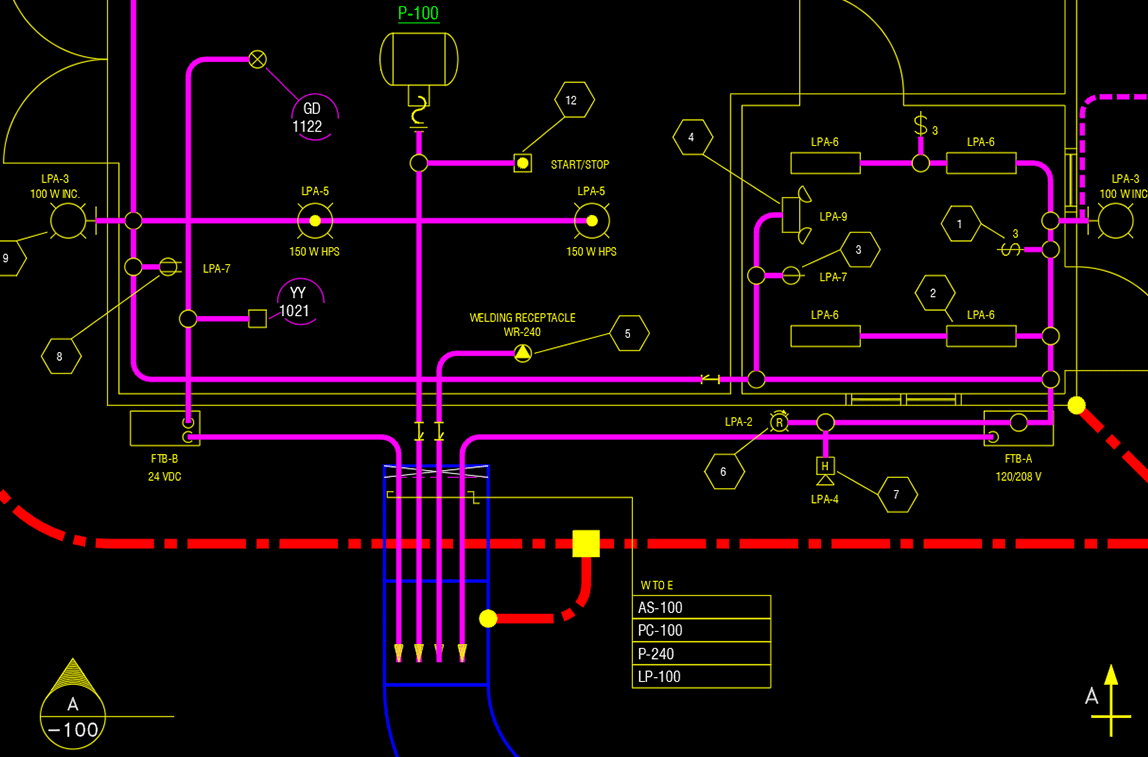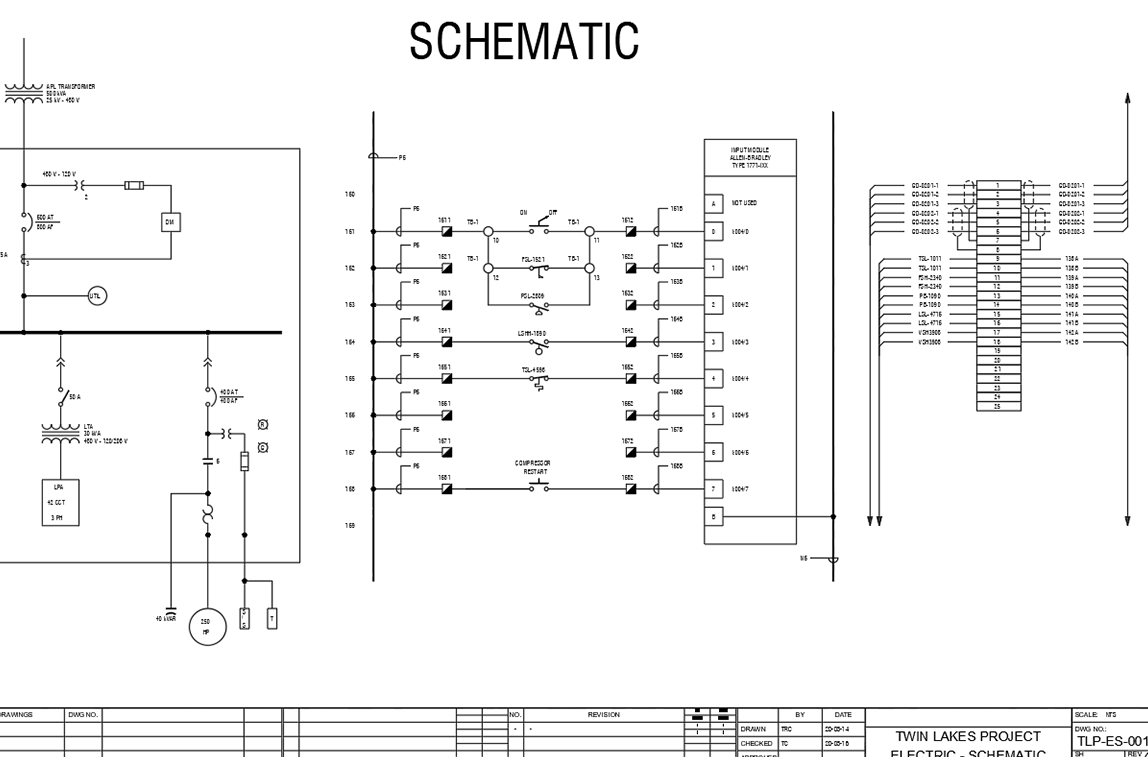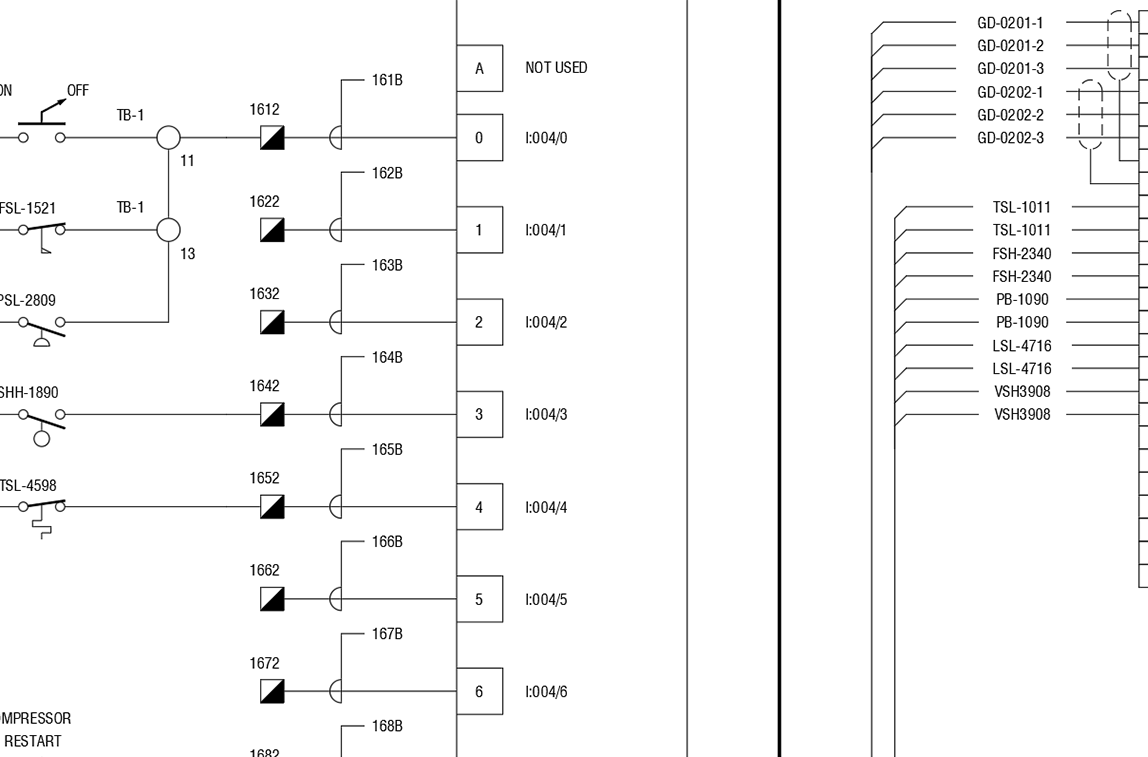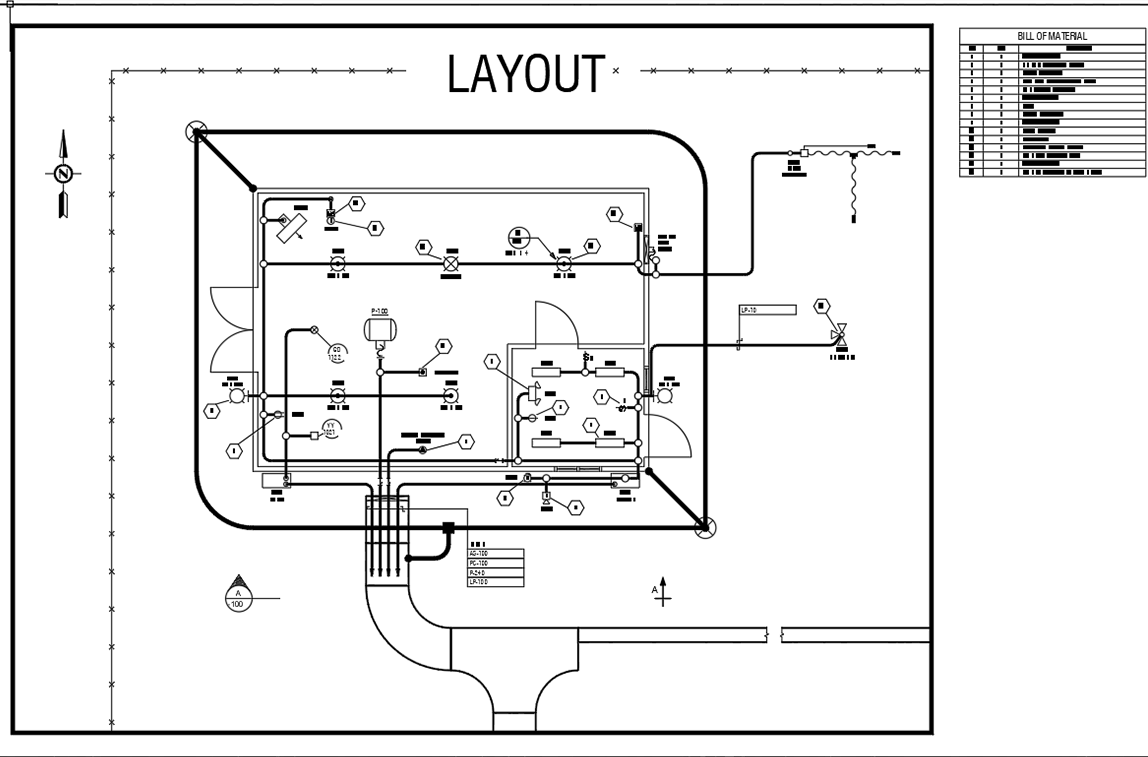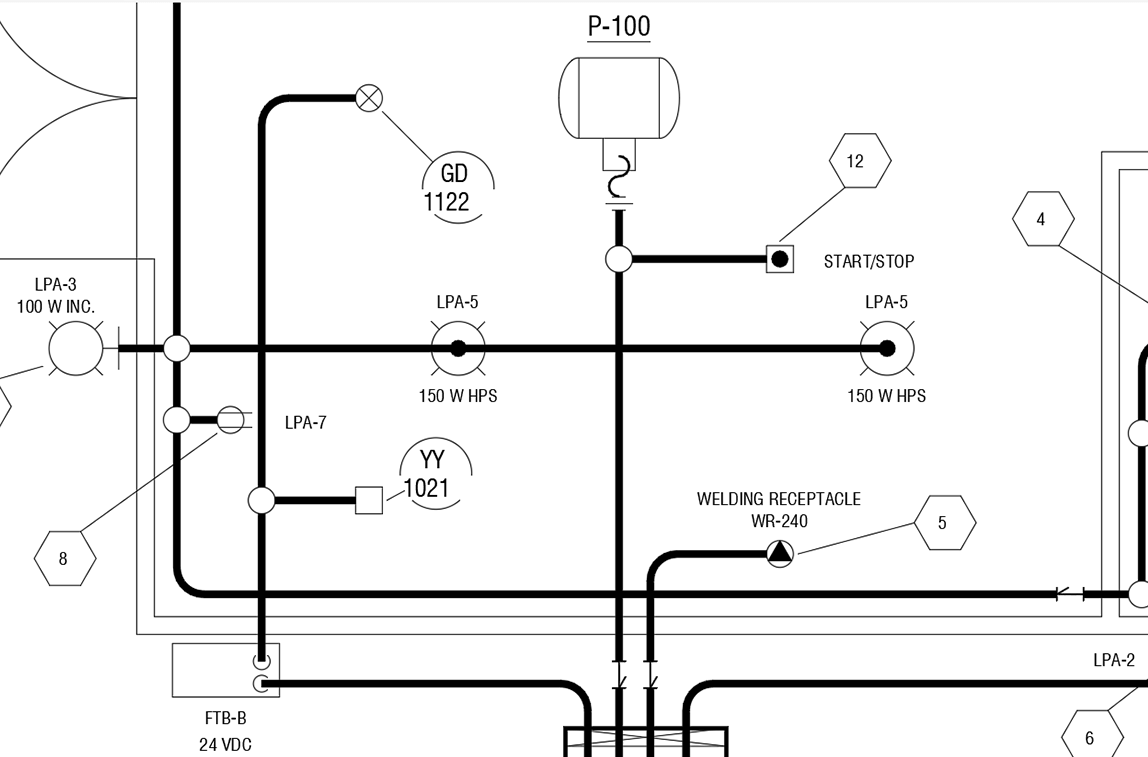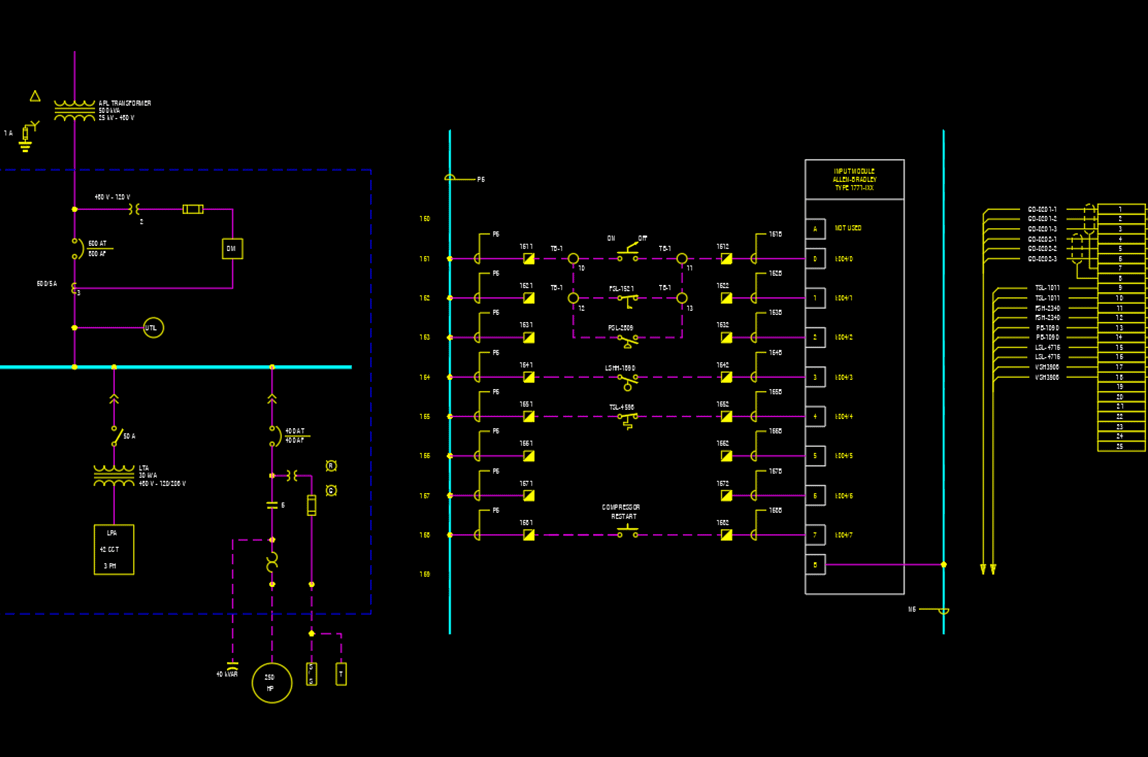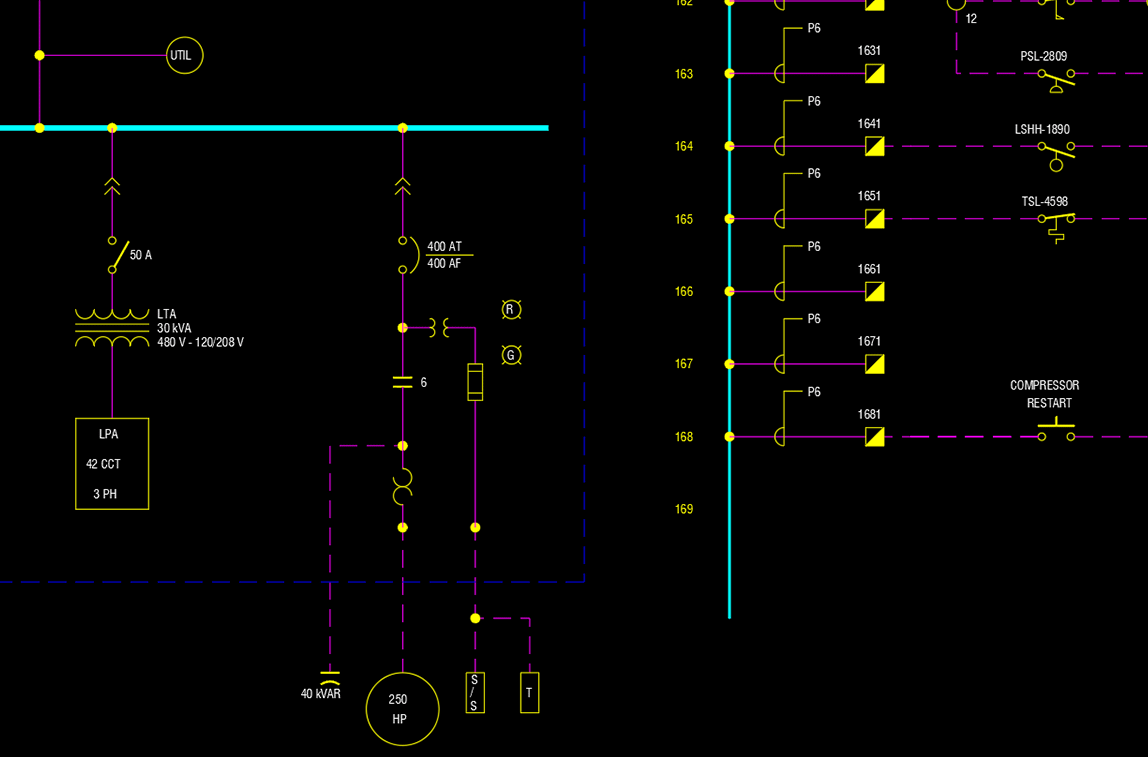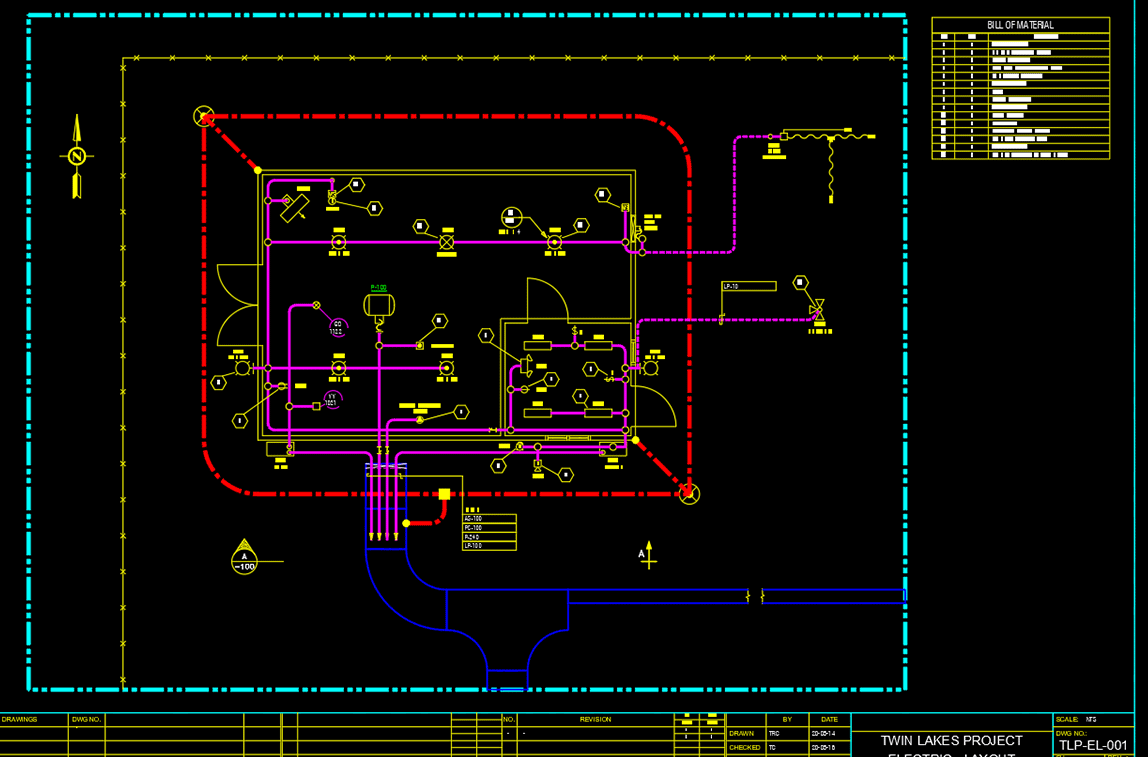3D design is a natural progression for plant engineering and development. When implemented correctly by allocating adequate resources for setup, spec creation and staff training, it offers a leap in added functionality and improved productivity.
Efficiency gains are achieved through unifying the different processes and departments through a central project database. From P&ID to plot plans, from structural steel to electrical and piping to material control, a good 3D CAD setup brings tangible benefits.
There are many compelling reasons that helped companies move to the 3D environment:
- It provides a unified work environment for the different disciplines where designs are shared in real time. This applies to data-centric applications like PapriCAD 3D and 3DSMART
- It can export data to other project software such stress analysis, material procurement and cost tracking
- It helps reduce mistakes with clash detection which can be expensive field fixes
- It automates the generation of BOMs and deliverable such as plans and isometrics
- It allows for the creation of walkthroughs to assess design viability and to ensure adequate access is provided to operational components such as valves, instruments, etc.
- These same walkthroughs are then used to train field staff that will be running the facility
- Post commissioning, this data is used for Plant Lifecycle Management
- And finally, an important paradigm shift is taking place – a passing of torch from old-school designers who traditionally worked with pen and paper to the new cadre of technologists trained on 3D design and very comfortable with it
2D plant design continues to fill an important niche in the industry and still has its place since it requires minimal upfront expense, setup time and training. It is suitable for smaller projects or when only specific type of drawings is required such as P&IDs, isometrics or fab shop spool drawings. As well, it provides an easy transition to CAD for experienced senior designers who are not ready to jump to 3D.
3D has become the dominant engineering tool and its adoption continues to gather momentum. It is the right approach to modern plant design.


